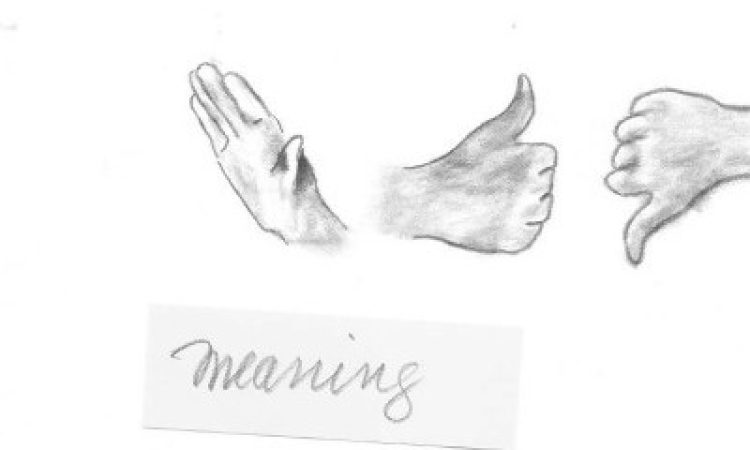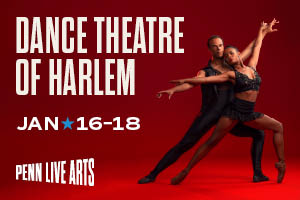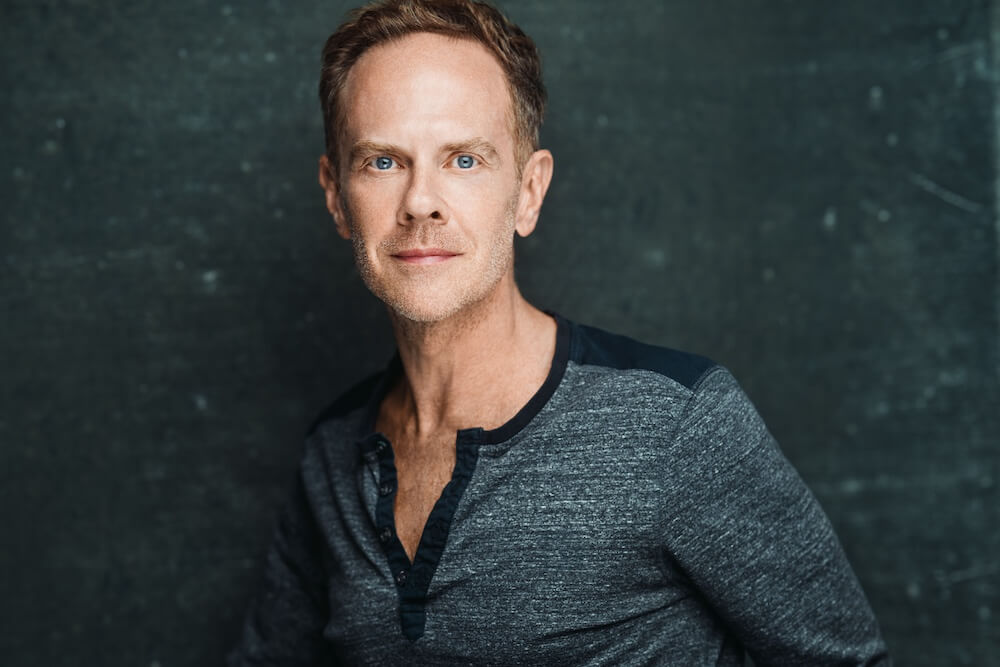My reflection notes on The Choreography of Everyday Life begin:
A book about family
A book about choreography
A book about feminism
A book about love
The first time I read Annie-B Parson’s The Choreography of Everyday Life, I was outside of it. It felt like I was sitting on the wall witnessing the party, knowing the players but not in it. But that was not the review I wanted to write. So, I waited, occasionally thinking about the book or talking about it with someone who would listen.
About a third of the way into The Choreography of Everyday Life, Parson states, “I think it was Brecht who said, ‘If you do the right thing at the wrong time, you’re wrong.’”
On my second reading of the book (months after my first reading and mostly out of guilt for having a free copy based on the premise of a review), I found myself entering, deeply, this world of reflection and observation. So, when I got to the page quoting “maybe” Brecht, the line was like a spark of awareness, and I smiled to myself, thinking, “Oh, right, this is my experience.” My first reading was at the wrong time. This kind of ‘a-ah’ moment is indicative of how I felt reading Everyday Life. The writing is conversational, and the words hold a personal tone – the way a good quote can feel like it is written directly for you rather than a general thought about the world, or art, or culture.
Throughout the book Parson uses nuggets of events, large and small, thoughts, and conversations to propel her into ruminations about choreography, women artists, and the ways they are described or systems that have held them back, and how we move through the world. Early on, we follow Parson as she walks behind a blond-haired man walking his dog down the street while on the phone – in what she calls the “phone/dog situation.” As he pauses in mid-forward motion to look down at his phone, Parson thinks about what the equivalent to this experience in Ancient Greece would be. She imagines the “big blond” Menelaus arriving at the agora of Sparta and how he would encompass all the space around him; yet she thinks this comparison does not work because Menelaus is aware of his own body in space even though he disregards the space of others. The phone/dog man is more like “Hercules, blind, from a spatial perspective,” Parson decides while discussing this scenario with her husband Paul. (Annie-B Parson co-founded Big Dance Theater with her husband Paul Lazar and the artist Molly Hickok.)
Conversations with Paul often become the pivot point to move into larger ruminations. Paul, who is reading Homer’s Odyssey while Parsons is writing, states his favorite character is Athena. This one thought quickly bounces us to Athena’s ability to transform, for example to a spider or a shepherd, which brings to Parson’s mind several nouns (grammar being an important choreographic tool for Parson), to structural retrograde, a Trisha Brown invention. Parson states that “Brown was a great choreographer and a virtuosic formal experimentalist, plus her dancers loved her.” Parson says this is worth noting because “good artists are not necessarily good people, and conversely, good people are not necessarily good artists. But for some reason, audiences are especially disappointed when artists behave badly, as if they still believe, like the Ancient Greeks, that art comes from the gods.” I like thinking that perhaps art coming from the gods is an ancient idea baked into our DNA. In one of the more provocative statements in the book, Parson responds to her comment about “good artists,” writing, “Actually art comes from perception and craft plus a muscular imagination, all things unrelated to being a good person, and in dance, it’s especially unusual to be loved or good.” She correlates this to a choreographer using the dancers’ bodies in ways that are physically and emotionally demanding.
This thought could occupy a whole book, and I would love to have a conversation with Parson to know more: what does this mean for the field? Is this something to work against? To accept? But throughout The Choreography of Everyday Life, we hear these thoughts – usually dense in their content – and then the conversation goes elsewhere. When I think of this book, I imagine a singular thick thread that weaves throughout the book, with off-shoots, taking angular turns, or circular paths, but coming back to the main thread that propels us through – what is in choreography and how does it exist around us? Larger philosophical commentary lives alongside these threads – “Imagine what would have happened if in the prime of their lives, when they were young and virile, Louise Bourgeois and Trisha Brown and Hilma af Klint were given the largest-scale platforms to throw their thunderbolts.”
All of these off-shoots can be distracting but also an opportunity to choose to learn more. After I finish reading the book for the second time, I spend hours watching Trisha Brown footage on YouTube, reading about Hilma af Klint, and Louise Bourgeois’ MoMA retrospective.
Parson begins and ends Everyday Life listening to her husband and son on the phone, and I am struck by the tenderness of listening to two people you love in a deep and meaningful conversation. It also reminds me of compositional structures, which play prominently here since we are ending as we began. The circular structure, the ring form – ABCBA, and Trisha Brown’s retrograde, in which “you dance the choreography surgically backward, resisting and upending the kinetic push forward that the phrase originally had.” There is an aliveness to the book, threads pulling together and apart, weaving back to front, front to back, moving from thousands of years ago to the present. It connects me to the book, the author, and into a larger world – where we see choreography all around us.
Annie-B Parson, The Choreography of Everyday Life, Verso, 2022.






